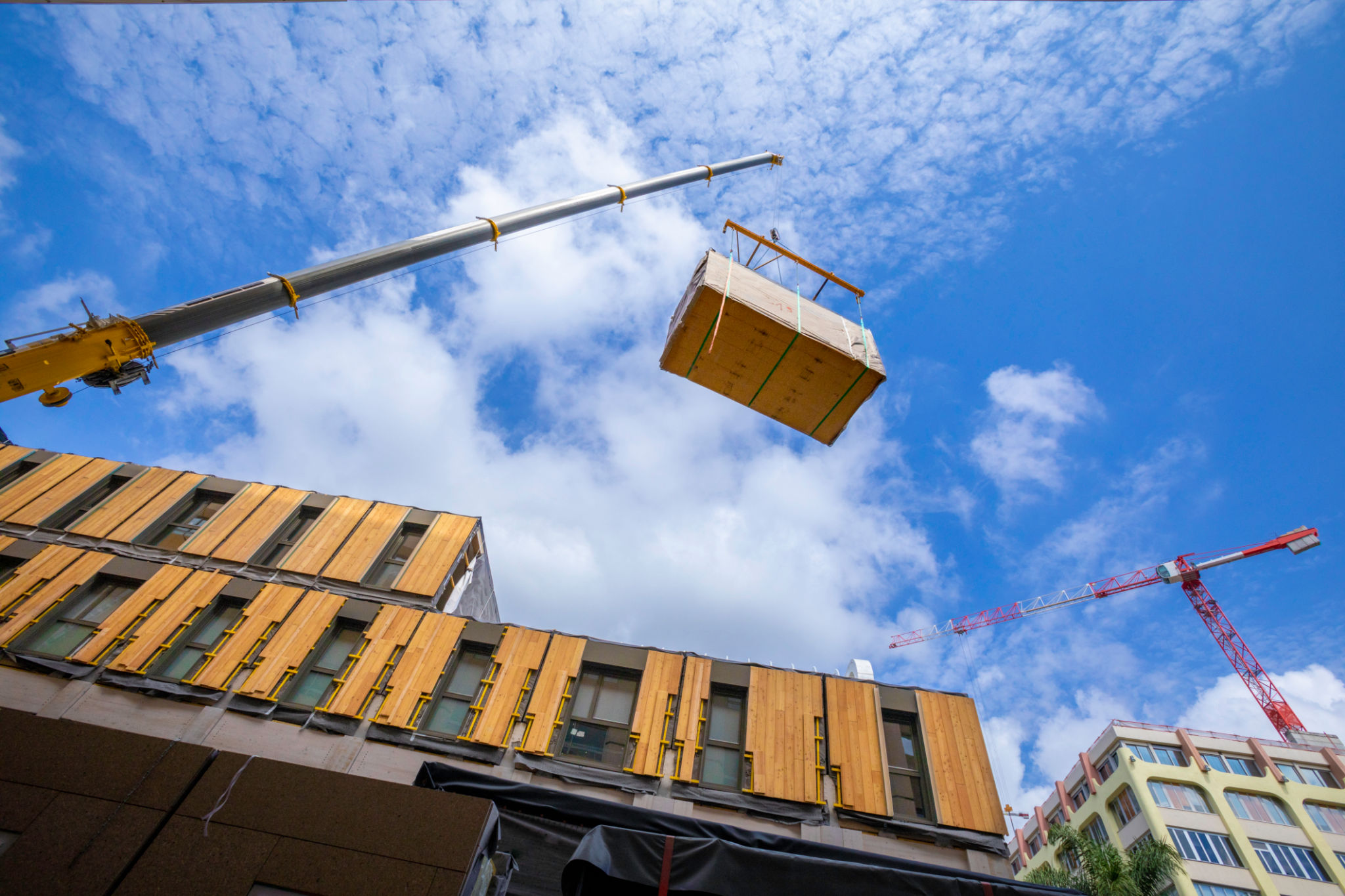The Future of Construction: Innovations in Heavy Equipment Technology
Understanding the Evolution of Heavy Equipment
The construction industry has always been a cornerstone of global development, and at its heart lies heavy equipment technology. Over the decades, this technology has evolved significantly, transforming how we build our cities and infrastructure. The future promises even more groundbreaking innovations that will reshape the industry.

Traditional heavy machinery is being enhanced with advanced technology, making it more efficient, safer, and environmentally friendly. From autonomous vehicles to advanced telematics, these innovations are not just futuristic fantasies but are being implemented today, paving the way for a more productive construction process.
Autonomous Machinery: The Next Frontier
One of the most significant advancements in heavy equipment technology is the development of autonomous machinery. These machines can operate without direct human intervention, using sensors and GPS technology to navigate and perform tasks. This innovation reduces human error, increases efficiency, and enhances safety on construction sites.
Companies are already deploying autonomous bulldozers, excavators, and dump trucks, which can work around the clock without fatigue. This continuous operation translates to faster project completion times and reduced labor costs.
The Role of Telematics in Construction
Telematics is another game-changer in heavy equipment technology. It involves the integration of telecommunications and informatics to provide detailed information about machinery performance and location. This data can be used to optimize machine use, predict maintenance needs, and improve overall productivity.

Construction companies are increasingly adopting telematics systems to monitor their fleets in real-time. These systems help in tracking fuel consumption, engine hours, and idle times, enabling managers to make informed decisions that can lead to significant cost savings.
Sustainable Innovations for a Greener Future
As sustainability becomes a critical focus across industries, the construction sector is no exception. Innovations in heavy equipment technology are contributing to a greener future by reducing emissions and improving energy efficiency. Electric and hybrid machinery are becoming more common, offering a sustainable alternative to traditional diesel-powered equipment.
Furthermore, manufacturers are exploring the use of renewable energy sources to power their machines. This shift not only helps in reducing the carbon footprint but also aligns with global efforts to combat climate change.

The Impact of Advanced Materials
Beyond machinery, the development of advanced materials is influencing construction practices. New composites and alloys are being used to create lighter but stronger machine components, enhancing durability while reducing energy consumption during operation. These materials contribute to longer equipment lifespans and less frequent replacements.
In addition, 3D printing technology is being integrated into construction processes, allowing for the creation of custom parts on demand. This capability reduces downtime due to part shortages and promotes more efficient resource use.
Preparing for the Future
The construction industry is on the brink of a technological revolution driven by innovations in heavy equipment technology. As these advancements continue to unfold, companies must stay informed and adapt to remain competitive. Embracing these technologies will not only enhance productivity but also ensure a safer and more sustainable future for construction.
Ultimately, the future of construction will be shaped by the industry's ability to integrate these cutting-edge technologies into their daily operations. By doing so, they will unlock new levels of efficiency and transform the landscape of global development.